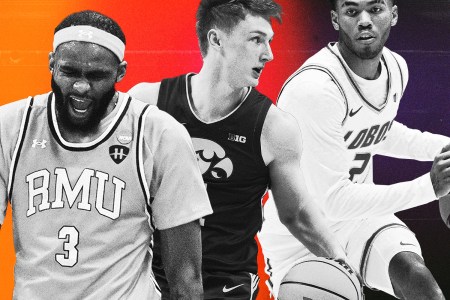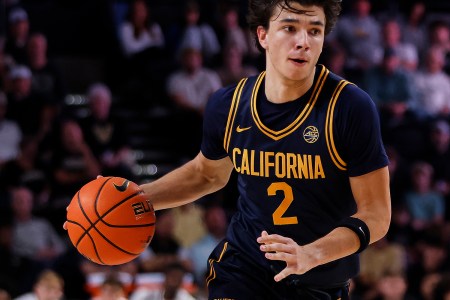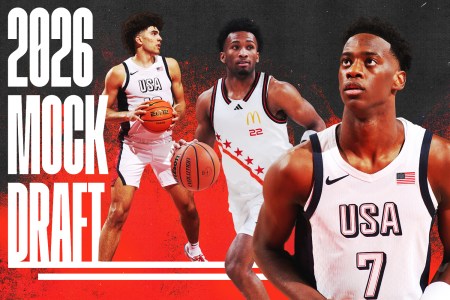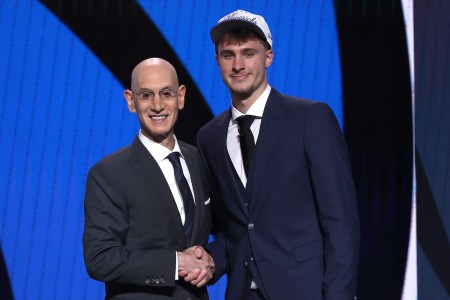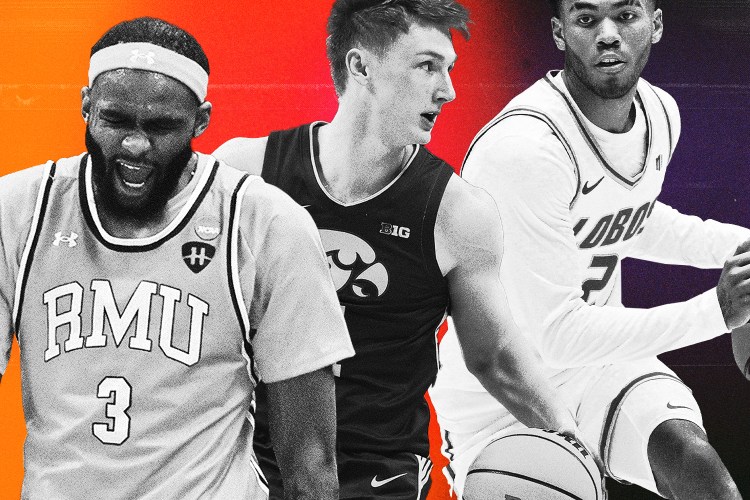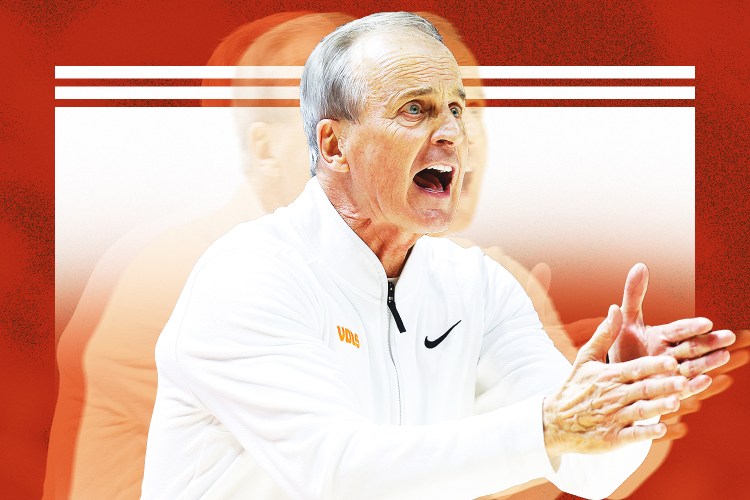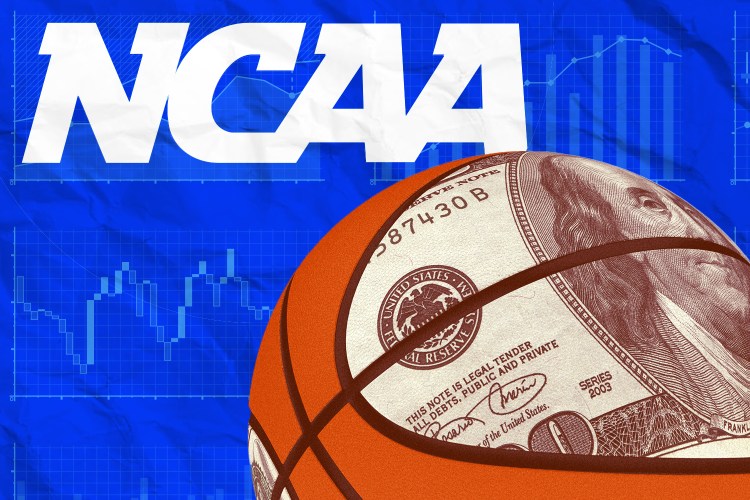It’s officially NBA Draft season. Players are starting to make decisions whether to declare for the draft or maintain their college eligibility. The NBA Draft Combine is May 11-18 in Chicago and players have until June 15 to decide if they want to stay in the draft or return to college for one more season.
In most draft cycles, it’s the one-and-done freshmen prospects projected inside the lottery. Cooper Flagg, Dylan Harper, Ace Bailey and VJ Edgecombe were all star freshmen this year and all four players are expected to be first off the board in June. “There’s so much value on the younger players that possess high upside because, the idea is, you’ll get more out of them when you can put them in your system, with your coaching staff and your trainers,” an NBA scout told Hoops HQ. “There’s a correlation between youth and upside, historically speaking. You expect inconsistencies at 19 or 20, but the combination of youth and production is the best-case scenario. Youth, in general, suggests upside.”
The NCAA’s Name, Image and Likeness (NIL) rules have changed the landscape for players across the board. Flagg even teased a possible return to Duke for a second season because of the lucrative NIL deals he made as a freshman. The projected No. 1 pick inked a shoe deal with New Balance and also signed with Gatorade and AT&T, making commercial appearances all season long. The chances of Flagg returning are nil, but NIL has changed the game and more players are electing to return for another year of eligibility instead of getting drafted and fighting for a roster spot in the NBA.
Underrated NBA Prospects Entering the 2025-26 Season
Every year, hoopers way off the draft radar play their way into first- or second-round picks. Hoops HQ pinpoints the future NBA stars no one is talking about.
Earlier this week, Texas Tech star JT Toppin announced that he will be returning for another season and his NIL package was reportedly a staggering $4 million. Toppin has been a projected late first-round pick all season long and is choosing to not even go through the draft process and receive feedback from teams. The 2025-26 NBA rookie scale salaries for picks 20 to 30 range from $2.2 million to $3 million in guarantee money. Toppin will be making almost twice that while still developing his game against his peers and playing in front of packed gyms in the Big 12.
“The money being thrown around in the portal or to get players to commit or come back is a ridiculous amount,” one executive said. “It’s changing the way we scout and our conversations have definitely changed in the last couple of years when evaluating prospects.”
The transfer portal is still the wild wild west with over 1,000 players announcing they were entering the portal even before the March 24 open date. College teams are now adopting more of a pro-style approach on staff and hiring general managers to handle the portal and track which player is going where. On top of managing the portal, college GMs are also tasked with securing different NIL deals for players and are now dealing with different demands from agents.
Latest Transfer Portal News and Notes: Sunday April 27, 2025
UPDATE: As the transfer portal has closed with a record number of entries, key players will continue to announce their commitments
There’s been a significant shift in how college teams are recruiting at the high school level and are now prioritizing the transfer portal. There wasn’t a single freshman that played in the championship game and both Houston and Florida have found success in landing players in the portal. For Florida, Walter Clayton Jr. played two seasons at Iona, Alijah Martin transferred from FAU and Will Richard played one year at Belmont. For Houston, LJ Cryer transferred from Baylor two years ago and Milos Uzan transferred from Oklahoma last year.
The road to the top of the NBA Draft is no longer exclusively a one-and-done route. There are more and more players each year electing to return to college because of the money they receive in NIL deals. For players projected in the second round of the draft, there’s more money to be made at the college level instead of making $500,000 on a two-way and fighting in the G League.
“We’re always going to see the star freshmen player at the top of the draft but it’s becoming more of a priority for teams to find the Brandin Podziemski, Jaime Jaquez or Jaylen Wells in the draft,” one scout said. “When players stay longer in college, that obviously gives us more opportunities to see them play, track their development and get a better idea of how they would fit on our team.”
Clayton is a prime example of a player who used the portal to climb to a higher level and eventually boost his draft stock. The capper was his stellar run in the NCAA Tournament, where he became the first player since 1979 to record 30-point games in both the Elite Eight and Final Four. The last player to accomplish such a feat? Larry Bird.
“When players stay longer in college, that obviously gives us more opportunities to see them play, track their development and get a better idea of how they would fit on our team.”
—NBA scout
“Typically we don’t put a ton of weight on the tournament alone and like to look at a player’s landscape throughout the entire season and draft process, but Clayton was just so damn good through that stretch, he’s shot up a lot of draft boards,” one Eastern Conference scout told Hoops HQ.
The 6-foot-3 guard was draining threes like Steph Curry in the Final Four win over Auburn, finishing with 34 points (5 of 8 from three). When the Houston defense clamped down and limited his shot selection, Clayton found other ways to impact the game, dishing out seven assists to add to his 11 points in the title game. After being a projected late second-round pick in most mock drafts all season, Clayton has played his way into first-round conversations.
“With older guards in the draft cycle, you want to see that they can come in right away and contribute in a secondary unit,” another NBA scout said. “Clayton could walk on to any NBA team right now and log minutes.”


